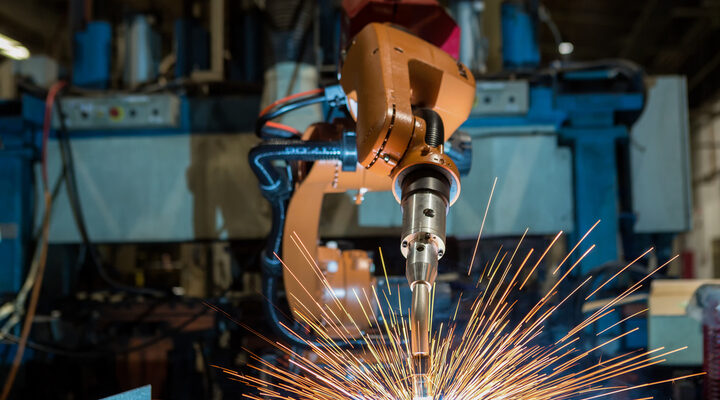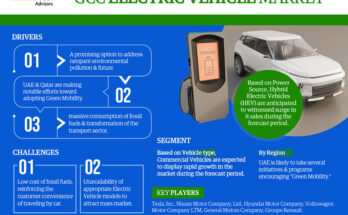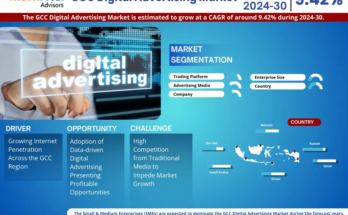The Consumer Robotics Global Market Report 2024 by The Business Research Company provides market overview across 60+ geographies in the seven regions – Asia-Pacific, Western Europe, Eastern Europe, North America, South America, the Middle East, and Africa, encompassing 27 major global industries. The report presents a comprehensive analysis over a ten-year historic period (2010-2021) and extends its insights into a ten-year forecast period (2023-2033).
Learn More On The Consumer Robotics Market:
https://www.thebusinessresearchcompany.com/report/consumer-robotics-global-market-report
According to The Business Research Company’s Consumer Robotics Global Market Report 2024, The consumer robotics market size has grown exponentially in recent years. It will grow from $11.58 billion in 2023 to $14.89 billion in 2024 at a compound annual growth rate (CAGR) of 28.6%. The growth in the historic period can be attributed to increased disposable income, rising interest in home automation, growth in the aging population, expansion of the smart home market, improvements in battery technology.
The consumer robotics market size is expected to see exponential growth in the next few years. It will grow to $40.92 billion in 2028 at a compound annual growth rate (CAGR) of 28.8%. The growth in the forecast period can be attributed to development of affordable and versatile robotic platforms, expanding applications in healthcare and education, rising demand for cleaning and maintenance robots, advancements in human-robot collaboration, increased focus on companion robots. Major trends in the forecast period include adoption of social robots, personalized and customizable robotic solutions, emergence of swarm robotics, focus on sustainable and eco-friendly robotics, growth of robotic-as-a-service (raas) models.
The growing adoption of smart home appliances is expected to propel the growth of the consumer robotics market going forward. A smart home is a residence equipped with various internet-connected devices and systems that allow homeowners to control, monitor, and automate various aspects of their living space. Consumer robots are used in smart homes to provide a better sense of automation and can be very helpful in automating several tasks in smart homes. For instance, in November 2022, according to the State of the Connected Home report that included a survey of 1000 adults across the UK conducted by techUK, a UK-based non-profit trade association, 77% of the adults in the UK own at least one smart home appliance, which is up from 67% in 2020 and 76% in 2021. Further, the number of advanced adopters of smart home devices reached 26% in 2022, up from 24% in 2021 and 17% in 2020. Therefore, the growing adoption of smart homes drives consumer robotics demand.
Get A Free Sample Of The Report (Includes Graphs And Tables):
https://www.thebusinessresearchcompany.com/sample.aspx?id=12735&type=smp
The consumer robotics market covered in this report is segmented –
1) By Type: Autonomous, Semi-Autonomous
2) By Connectivity: Wi-Fi, Bluetooth, Other Types
3) By Distribution Channel: Offline, Online
4) By Application: Domestic Task, Education, Healthcare, Other Applications
5) By End-User: Oil And Gas, Process Industry, Chemical And Petrochemical, Power Generation, Other End User
Product innovations are a key trend gaining popularity in the consumer robotics market. Major companies operating in the consumer robotics market are developing innovative robots based on artificial intelligence technology to sustain their position in the market. For instance, in March 2021, Avalon SteriTech Limited, a China-based disinfection technology provider, and SoftBank Robotics Group Corp, a Japan-based company that develops and manufactures industrial robotics, launched Whiz Gambit, a 2-in-1 AI-powered cleaning and disinfection robotics solution. It redefines cleaning and disinfection procedures by delivering consistent and sustainable performance with agility in modifying frequency, intensity, and cleaning and disinfection practices.
The consumer robotics market report table of contents includes:
- Executive Summary
- Consumer Robotics Market Characteristics
- Consumer Robotics Market Trends And Strategies
- Consumer Robotics Market – Macro Economic Scenario
- Global Consumer Robotics Market Size and Growth
.
.
.
- Global Consumer Robotics Market Competitive Benchmarking
- Global Consumer Robotics Market Competitive Dashboard
- Key Mergers And Acquisitions In Consumer Robotics Market
- Consumer Robotics Market Future Outlook and Potential Analysis
- Appendix
Top Major Players :
- com Inc.
- Alphabet Inc.
- Toyota Motor Corporation
- Samsung Electronics Co. Ltd.
- Honda Motor Co. Ltd.
Contact Us:
The Business Research Company
Europe: +44 207 1930 708
Asia: +91 88972 63534
Americas: +1 315 623 0293
Email: [email protected]
Follow Us On:
LinkedIn: https://in.linkedin.com/company/the-business-research-company
Twitter: https://twitter.com/tbrc_info
Facebook: https://www.facebook.com/TheBusinessResearchCompany
YouTube: https://www.youtube.com/channel/UC24_fI0rV8cR5DxlCpgmyFQ
Blog: https://blog.tbrc.info/
Healthcare Blog: https://healthcareresearchreports.com/
Global Market Model: https://www.thebusinessresearchcompany.com/global-market-model




